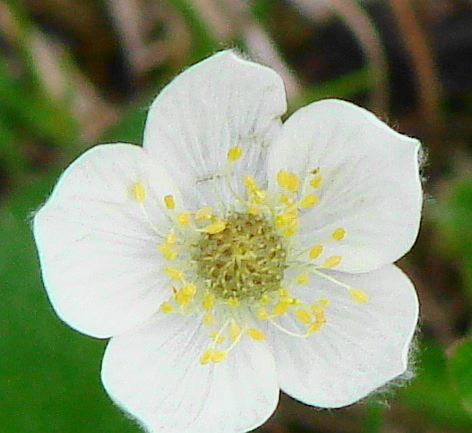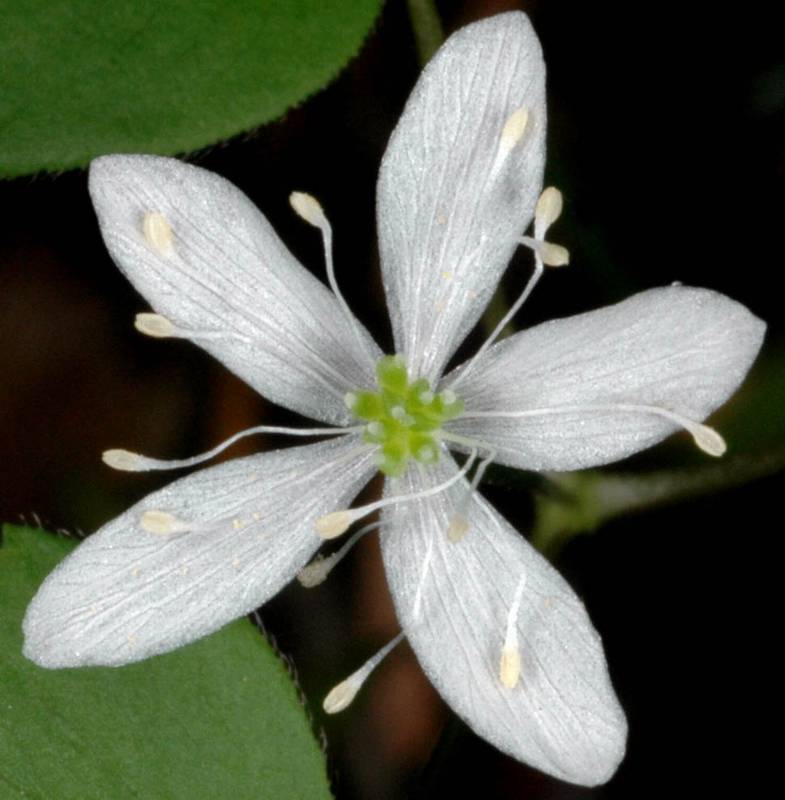Anemone parviflora
Anemone lyallii
northern anemone, small-flowered anemone, northern windflower
little mountain anemone, Lyall's anemone, Lyall's windflower
Basal leaves several, the blades cordate-reniform, 1.5-3 cm. broad, ternate, the leaflets wedge-shaped, coarsely toothed, the lateral pair deeply lobed as well; the flowering stem naked except for a whorl of 3 leaves above the midpoint, these simple but deeply tri-lobed.
Basal leaves usually one, thin, trifoliate, mostly glabrous, the leaflets 1-3 cm. long, bi-serrate with rounded teeth, the lateral pair often deeply lobed; the flowering stem naked except for a whorl of 3 leaves near the midpoint, these similar to the basal leaves.
Flowers single: sepals usually 5, white or bluish tinged, hairy on the outer surface, 10-15 mm. long;
petals none;
stamens and pistils numerous.
Flowers single;
sepals usually 5, white, or sometimes bluish or pinkish, oblong, 6-10 mm. long;
petals none;
stamens 12-20;
pistils numerous.
Achenes densely woolly, obovate, 2-2.5 mm. long;
style straight, 1.5-2 mm. long, glabrous.
Achenes ovate, 3-4 mm. long, finely pubescent;
style 0.5 mm. long.
Anemone parviflora
Anemone lyallii
- Local floras:
BC,
OR,
WA
- Local Web sites:
Flora NW,
PNW Herbaria
WildflowerSearch
iNaturalist (observations)
USDA Plants Database
- LBJ Wildflower Center
- SEINet
- Plants of the World Online
- Encyclopedia of Life
- Wikipedia
- Google Image Search
- Local floras:
BC,
CA,
OR,
WA
- Local Web sites:
CalFlora,
CalPhotos,
Flora NW,
PNW Herbaria,
Turner Photog.
WildflowerSearch
iNaturalist (observations)
USDA Plants Database
- LBJ Wildflower Center
- SEINet
- Plants of the World Online
- Encyclopedia of Life
- Wikipedia
- Google Image Search



